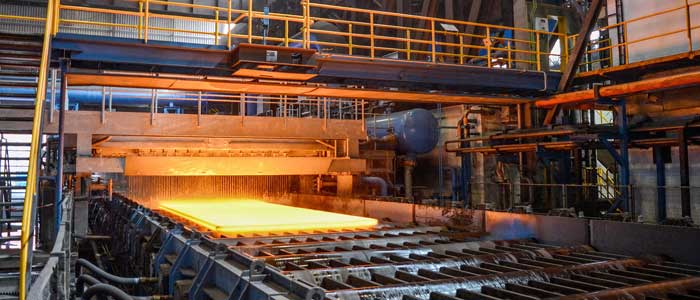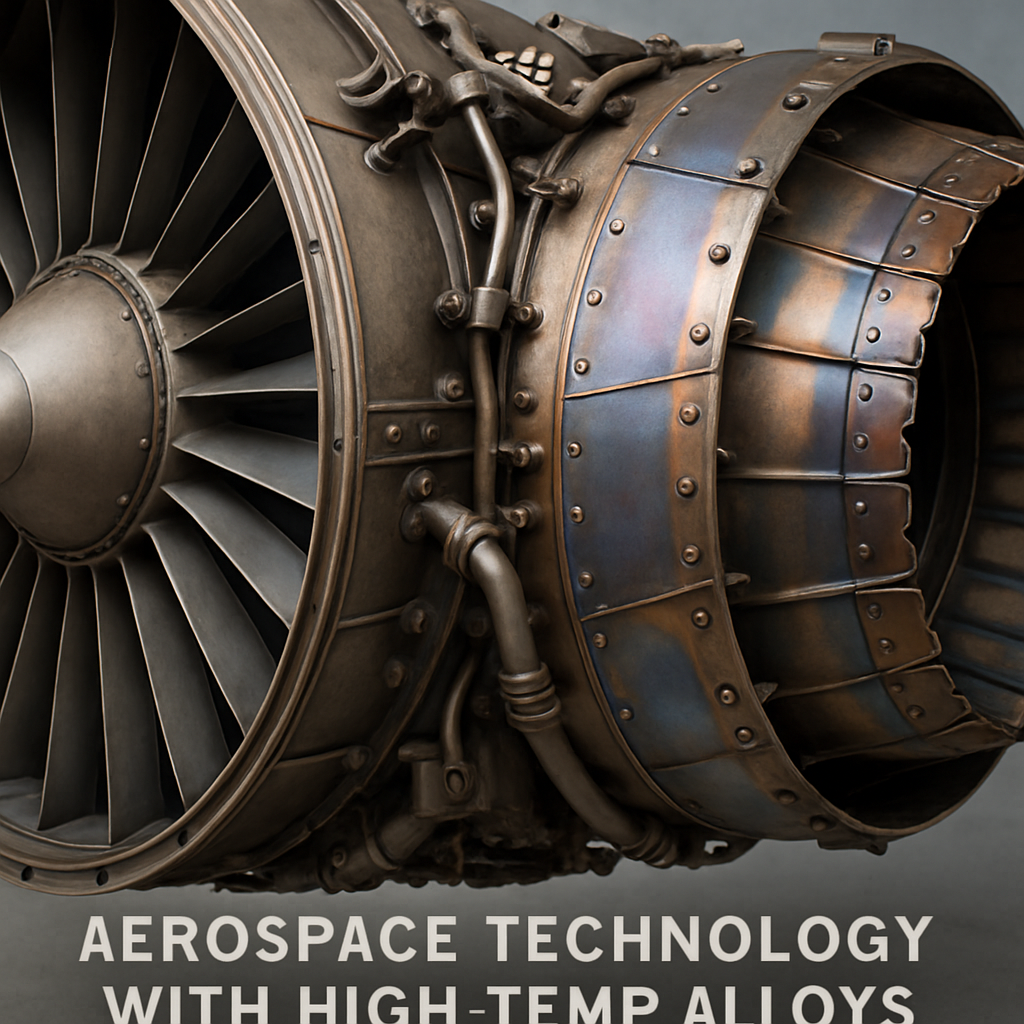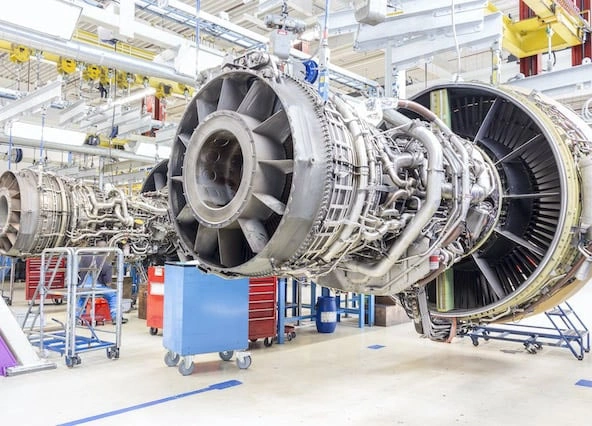In the realm of modern defense, materials that can endure extreme environments are crucial. High-temperature super alloys, often known as heat-resistant metals, play a pivotal role in military and aerospace applications. These advanced materials are engineered to withstand high temperatures and harsh conditions while maintaining exceptional strength and performance.
What Are High-Temperature Super Alloys?
High-temperature super alloys are specialized metal alloys designed to perform well under high temperatures. They are typically composed of nickel, cobalt, or iron-based metals, often with added elements like chromium, molybdenum, or titanium to enhance their properties.
These alloys are known for their ability to maintain structural integrity at temperatures exceeding 1,000 degrees Celsius (1,832 degrees Fahrenheit). This makes them invaluable for applications where conventional metals would fail.
Key Properties of High-Temperature Alloys
- Heat Resistance: These alloys can endure high temperatures without melting or deforming, which is essential for military and aerospace applications.
- Corrosion Resistance: They resist oxidation and corrosion, even in harsh environments, which helps extend the lifespan of military equipment.
- Strength and Durability: High-temp alloys maintain their strength and toughness under extreme conditions, ensuring reliability and safety in critical applications.
Applications in the Military
The military relies heavily on high-temperature super alloys for various applications due to their exceptional properties. Here are a few key areas where these materials are utilized:
Jet Engines and Turbines
High-temp alloys are indispensable in the construction of jet engines and turbines. The combustion process in jet engines generates extreme heat, and these alloys ensure that engine components can withstand such conditions without degrading.
Missile Technology
Missile systems operate in high-temperature environments, particularly during launch and re-entry phases. Military-grade alloy performance is crucial to ensure the structural integrity and functionality of missiles under these conditions.
Armor and Protective Equipment
Super alloy materials for the military are also used in the production of armor and protective equipment. Their heat-resistant properties enhance the durability and protective capabilities of body armor, vehicles, and fortifications.
Advancements in Military Super Alloys
The development of new and improved high-temperature super alloys is an ongoing process, driven by the need for better performance and greater efficiency in military applications. Recent advancements have focused on enhancing the properties of these alloys to meet evolving defense needs.
Improved Alloy Compositions
Researchers are constantly exploring new compositions and combinations of elements to create alloys with superior heat resistance, strength, and durability. This includes the incorporation of rare earth elements and other innovative materials.
Advanced Manufacturing Techniques
The production of high-temp alloys has also seen significant advancements. Techniques like additive manufacturing (3D printing) and powder metallurgy allow for precise control over alloy composition and microstructure, resulting in improved performance.
Heat-Resistant Alloys in Aerospace
The aerospace industry, closely tied to military applications, also heavily relies on heat-resistant alloys. These materials are vital for the construction of aircraft, spacecraft, and satellites.
Aircraft Engines
In commercial and military aviation, aircraft engines demand materials that can endure high temperatures and pressures. High-temperature super alloys ensure that engines operate efficiently and safely.
Space Exploration
Spacecraft and satellites face extreme conditions in space, including temperature fluctuations and radiation exposure. Heat-resistant alloys are essential for protecting sensitive equipment and ensuring mission success.
The Future of High-Temperature Alloys for Defense
The future of military and aerospace technology will continue to be shaped by advancements in high-temperature super alloys. As defense needs evolve, so too will the development of these critical materials.
Sustainable and Lightweight Alloys
In addition to enhancing performance, there is a growing emphasis on sustainability and weight reduction. Developing alloys that are both environmentally friendly and lightweight can lead to more efficient and cost-effective military applications.
Enhanced Performance Under Extreme Conditions
Future military super alloys will need to perform even better under extreme conditions. This includes withstanding higher temperatures, greater pressures, and more corrosive environments.
Conclusion
High-temperature super alloys are an integral part of modern military and aerospace technology. Their remarkable properties make them indispensable for applications that demand heat resistance, strength, and durability. As advancements continue, these alloys will play an even greater role in shaping the future of defense and aerospace.
By understanding the capabilities and applications of these materials, military organizations can make informed decisions about their use in critical systems, ensuring safety, reliability, and performance in the most demanding environments.









